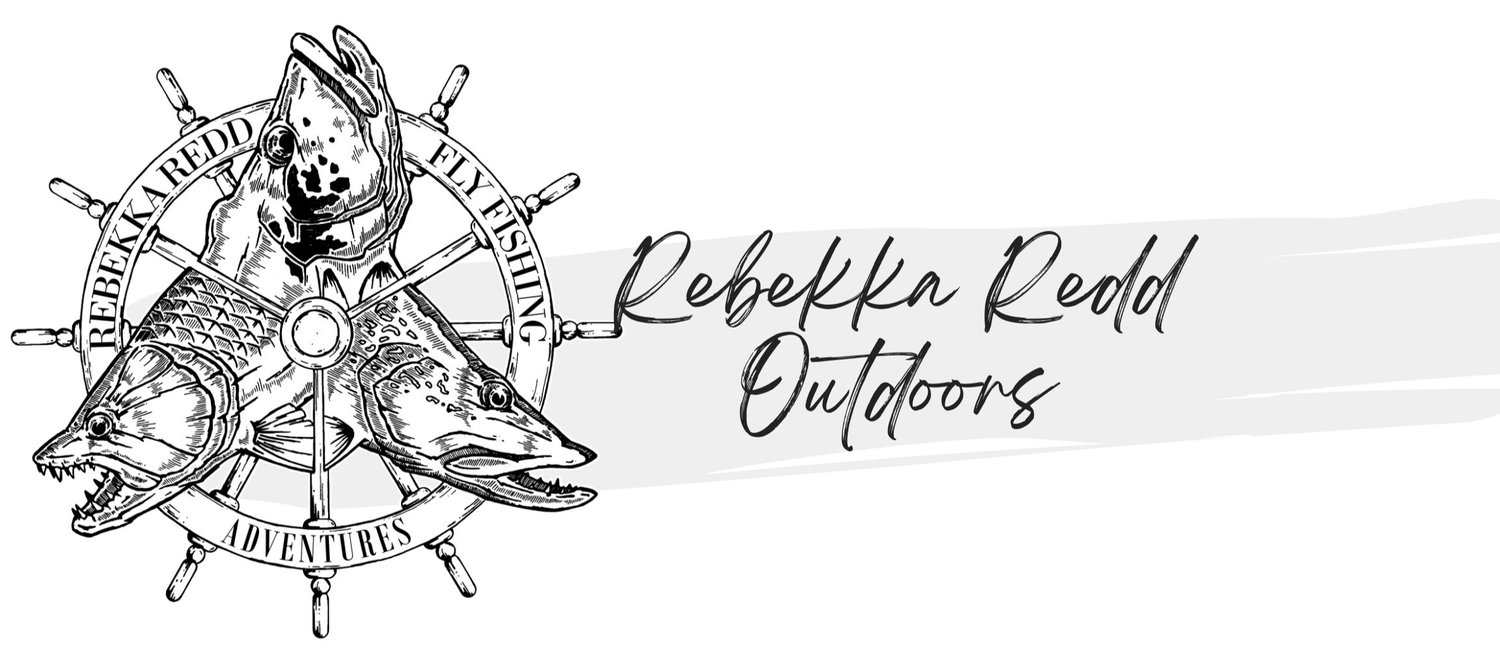Fly Fishing During a Pandemic
Taking to the water in search of more than just fish
Nothing comforts my spirit more than time spent fly fishing, especially with the world in such covid chaos.
As a teenager, I discovered fly fishing and fell in love with it. Fly fishing is a sport, an art, and a form of solace all rolled into one. It promotes inner serenity and is an excellent technique to unwind the mind.
You might wonder how. Fly fishing, I feel, brings inner calm since you must concentrate more on the casting and presentation of the fly than conventional fishing.
Fly fishing involves timing, precision, concentration, and finessing of the fly to hopefully provoke a fish to strike! And as with anything you want to master, it also involves dedication and focus. When I focus on my casting, reading the water, and anticipating a fish striking my fly, I really can’t think of anything else.
Where to fish in the Tbay area?
There are some excellent rivers that flow within the city limits that provide good fishing in the spring, summer, and fall for trout, walleye, salmon, perch, and pike.
Here are a few spots to check out:
* The Kam has public access at the Mission Island launch and the Mountdale launch.
* Current River: from the Cascades Conservancy area through Boulevard Lake to Fisherman's Park, anglers can find walleye, pike, perch, trout, bass, and pink salmon.
* Prince Arthur's Landing/Marina Park-opportunity to catch walleye, pike, and perch.
* Neebing River offers rainbow trout, with possible other species.
* McIntyre River: A very popular inner-city fishing spot for rainbows.
Reading the water:
The key is to anticipate any potential location that the fish will use as a surprise attack on its pray.
My personal favourite is a half-submerged fallen tree or a log, a boathouse or dock. Basically, anything that offers coverage. Try fishing in the shadows. The drop-off rocky points and large underwater rocks are the classic structures to seek. If fly fishing a river, toss a fly right near the current that breaks next to still water.
Techniques: a quick lesson on line retrieval for the novice.
You don't need to make long casts—20 to 30 foot casts is plenty. Often times, the fish are closer than you think. Start your cast short and then lengthen it. Once you've cast your fly, you'll start to strip the line at a multitude of speeds. Shorter strips to longer strips, even some short burst strips to really make the fly move. Allow it to rest motionless, let it sink, begin to animate and retrieve it again. On twitch and pause it. What you are doing is animating the fly to look like what it’s mimicking (a minnow, a frog, etc.)! By using a multitude of different speeds along with pauses, you are enhancing the opportunity of a strike. Experiment with these speeds to see what works. The best way to set the hook is with a strip strike. Simply keep your rod low. When you see or feel the take, react quickly with your rod tip still low and pointing at the fly, pull the line tight and then lift your rod (keeping line tension in your hand). This sets the hook. The fish will "run", taking up the line slack. You will keep your rod tip up, and slight tension on the line with your non-casting hand, then get the fish "on the reel." Once that is accomplished, you are on your way to landing your fish! Get the net ready, and bring in your fish on the reel like you would on a gear rod! For trout, simply lift the rod to set the hook, keeping tension in the line, and follow the same steps. Fly fishing for steelhead trout (rainbow) is an entire other article. I’m limited to so many words in this piece.
Quick tips
Fish with no barbs! Not only is this healthy for the catch and release of your fish, it's also a safety factor! Hooks come out easily with no barb, so pinch the barb down for easy removal from fish. Barbless books are also easier to remove if you accidentally stick yourself. This is also a must when you're fishing with young anglers. Aside from safety, using barbless hooks also teaches children that live release is essential for a healthy future fish population.
Fight time: Try to land your fish as quickly as possible and don't play it to exhaustion. This is particularly important when fishing in periods of warmer water temperatures . Shorten fight times to increase the survival of released fish. A fish angled to exhaustion is more vulnerable to predators such as birds of prey and other fish.
Handling: Excessive handling can cause physical damage to fish. Be gentle. Wet your hands prior to touching the fish. Make sure they are free of sunblock, etc. If using a net, it should be a soft-rubber-coated net. Avoid "banking" your fish.
Do you know how long you can keep a fish out of water? Hold your own breath and that will be about the same amount of time (or less). When you need to breathe, that fish must be returned to the water.








